How data is represented in control systems
Coding
Binary:
Data is stored in computers using binary, which consists of the digits 0 and 1. In computing a binary digit can be known as a bit, this is also the smallest unit of data. The digits that represent this is 0 or 1. An example of binary digits (bits) can be 0111, this makes binary numbers.
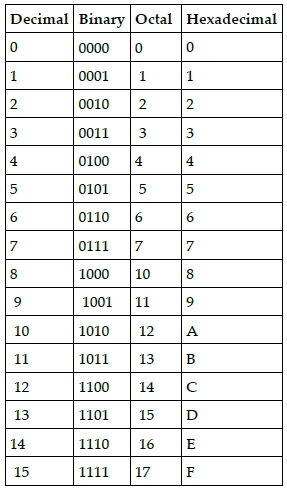
Hexadecimal:
Is a base 16 scheme for the representation of binary numbers. Any of the 16 digits below may be a hex digit: 0, 1, 2, 3, 4, 5, 6, 7, 8, 9, A, B, C, D, E and F. Each hex digit reflects a binary sequence of 4-bit. This table below shows each hex digit with binary and denary equivalent values.
Binary coded decimal:
Is a group of decimal binary encodings where each digit is interpreted by a set number of bits, typically four. So rather than translating the entire number into a binary, BCD breaks the number into its digits and transforms each digit to a 4-bit binary.
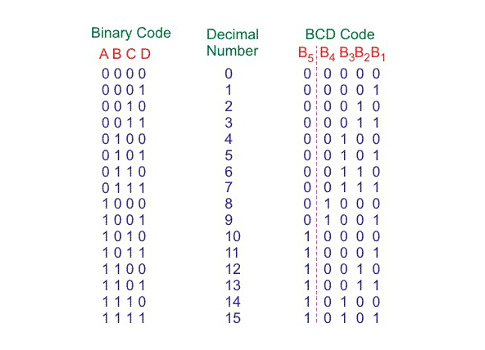
ASCII (American Standard Code For Information Interchange):
is a basic data transfer code used by smaller and less capable computers to display all text data (numbers, letters, and punctuation marks) and non-input-device commands (control characters).
Logical Operators
AND:
is a Boolean operator used to merge two expressions—Expression 1 and Expression 2. If all of the operands are TRUE, the AND operator returns TRUE; otherwise it returns FALSE.
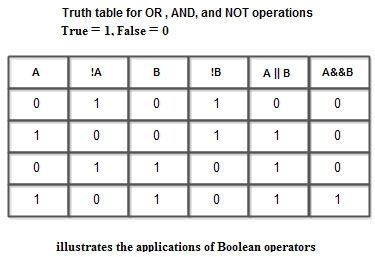
OR:
If one or more of its inputs are valid, the logical OR operator for a group of operands is true. It is most frequently used for logical (Boolean) values. If it is, it returns a Boolean value.
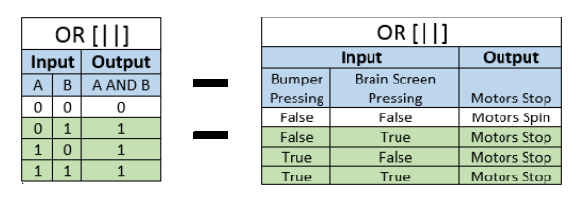
NOT:
Converts facts to falsehood and the other way around. It is most commonly correlated with Boolean values. It remains false if its single operand can be converted to true if used with non-Boolean values; else it returns true.

Exclusive OR:
Is a logical operator that is true because one of the operands is true (one is true while the other is false), but both are not true and both are not false. An example of this could be the image below:

Numbers
Integer:
Is a whole number that can be either positive, negative or zero. Integers are a type of data widely found in computer programming. For example, if a number is amplified, such as in the “for loop” or “while loop,” an integer is used. Also, integers are often used to assess the position of the object inside the array.
Fixed-point:
Is a real data form for a number that has a set number of digits after (and occasionally before) the radix point. Fixed-point numbers are useful for the representation of fractional values, typically in base 2 or base 10, where the executing processor does not have a floating-point unit as is the case for older or low-cost embedded microprocessors and microcontrollers.

Floating-point:
Is the type of variable used in programming to store the floating-point number values. The number of the floating-point is one in which the decimal point would “float” within the number instead of being in a fixed position. Example of this could be 6.56, 12.322, or 38576.3. Floating-point gives a more accurate result than fixed-point, therefore being used the most.
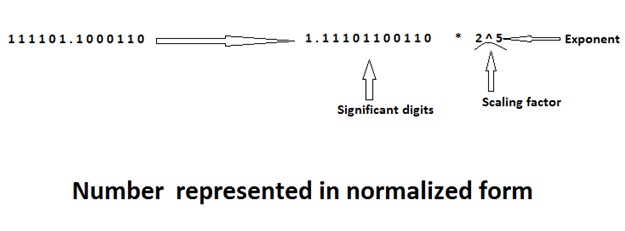
Understand control loop operations
Control operations
Open loop control:
Means that the output of the system is free of input. It is described by the assumption that the output signal or state is neither evaluated nor “fed back” for comparison with the input signal or the system setpoint in a open-loop system.

Closed loop control:
is a control system that uses the idea of an open loop system as its forward route, however has one or more feedback loops or paths between its output and its input. It can also be know as a feedback control system.

Feedback:
The feedback loop leads to an infinite loop of commands that can be given to a machine that doesn’t have a final phase. In software development, feedback loops are used by programs to identify possible bugs or flaws within the code.
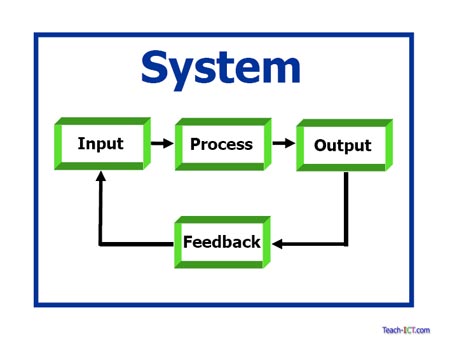
Loop stability:
When all the points of the open loop transfer method are in the left half of the plane, the open loop control system is completely stable. Similarly, if either of the points of the closed loop transmission function are in the left half of the axis, the closed loop control system is fully stable.

Proportional-integral derivative control (PID):
PID is the most commonly used control algorithm in the control industry. PID algorithm consists of three simple coefficients: proportional, integral and derivative, which are varied in order to find the best approach.
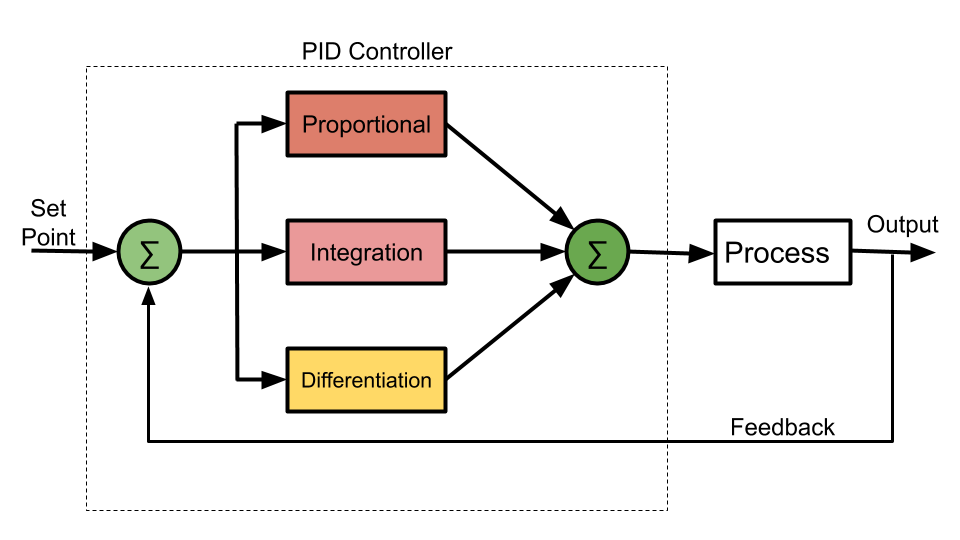
Proportional control:
is utilized in many commercial environments as well as in some handheld devices. Proportional control is a feedback system which enables fine-grained control. Proportional control is used when handling the process component with a tighter tolerance and timely responsiveness.
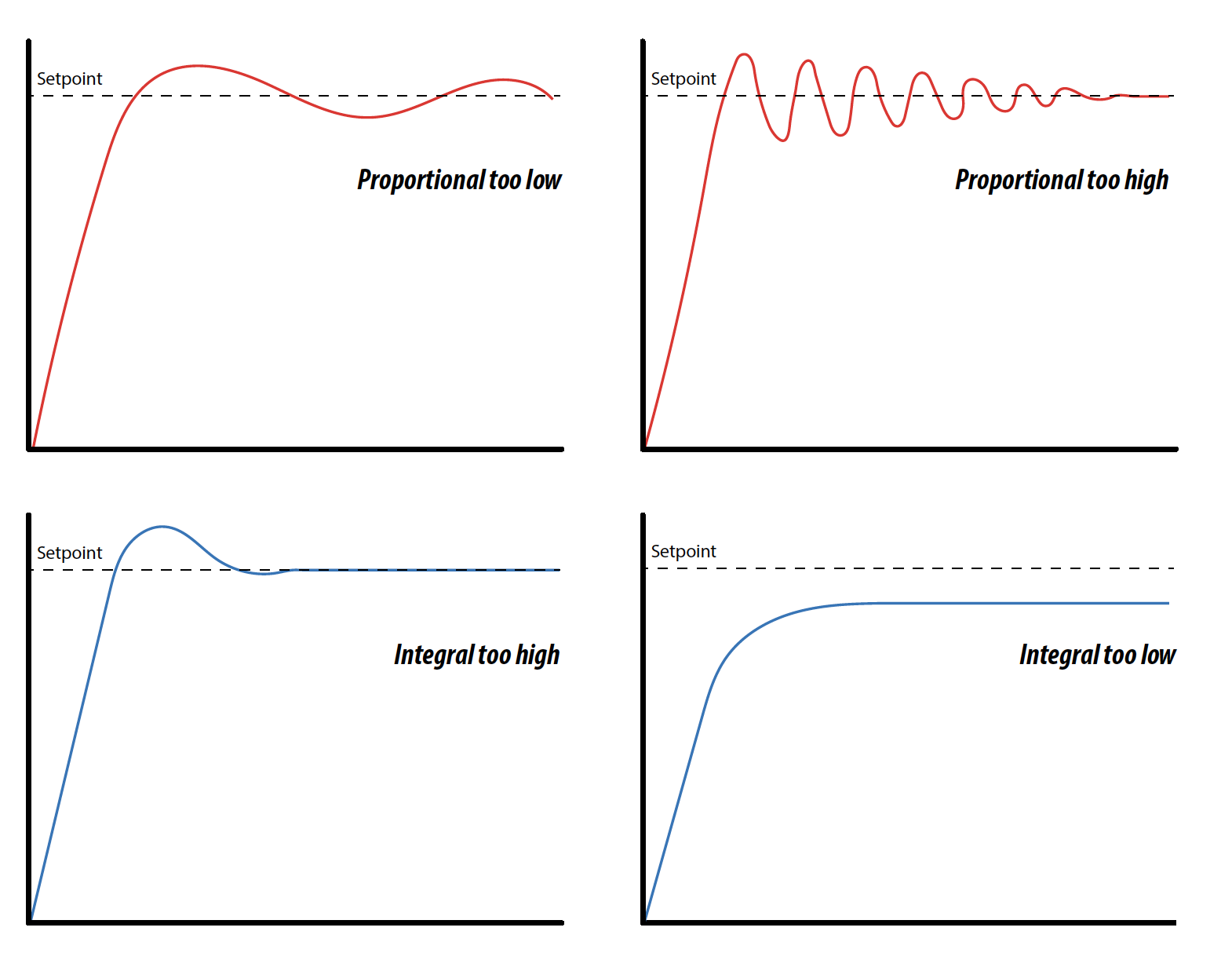
Sensor signal conditioning
Analogue signals sampling:
Analogue signals are transferred to digital signals through a procedure called sampling. Sampling is the method of taking an analogue signal and translating it into discreet numbers. The frequency of sampling is how many times per second the signal will be sampled.

Digital filtering:
Is a system that performs mathematical operations on a sampled, discrete time signal to minimize or improve some elements of that signal. Also, produces a digital output signal for the purpose of achieving a filtering objective.

Output
Pulse wide modulators:
Is a modulation technique used to reflect the amplitude of the analogue input signal by producing variable-width pulses. With a high-amplitude signal, the output switching transistor is on most of the time, while the low-amplitude signal is more efficient (off most of the time).
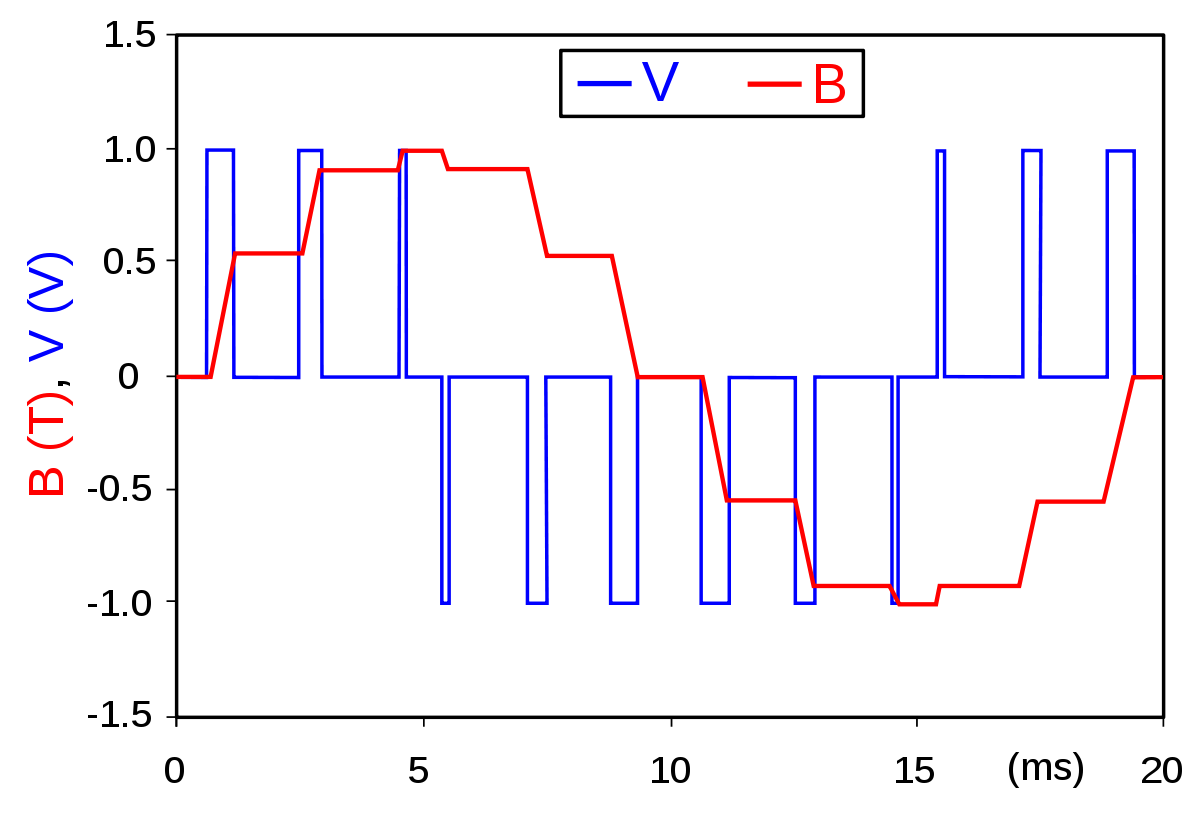
Operator displays:
The operator interface to the control system is a vital component of the operator’s ability to control the operation of the plant. A well-designed display that allows situational awareness encourages the operator to respond more precisely and rapidly.

Simulation
Simulating control system operation:
The physical plant is designed in advance in terms of the series of mathematical equations. The configuration and study of the control system is done through computer simulation. Parameter optimization and tuning mapping techniques are used to optimize the performance of the control system.
![1: Simulation and operational scenarios [80]. 1: operation and... | Download Scientific Diagram](https://www.researchgate.net/profile/Ingo-Hegny/publication/290434220/figure/fig2/AS:669556045537296@1536646009910/Simulation-and-operational-scenarios-80-1-operation-and-conventional-testing-2.png)
Converting the control model:
It is a type of control theory that uses digital computers to serve as system controllers. Depending on the specifications, the digital control system will take the form of an ASIC microcontroller to a typical desktop computer. Since the digital machine is a discreet system, the Laplace transform is replaced by the Z-transform.
